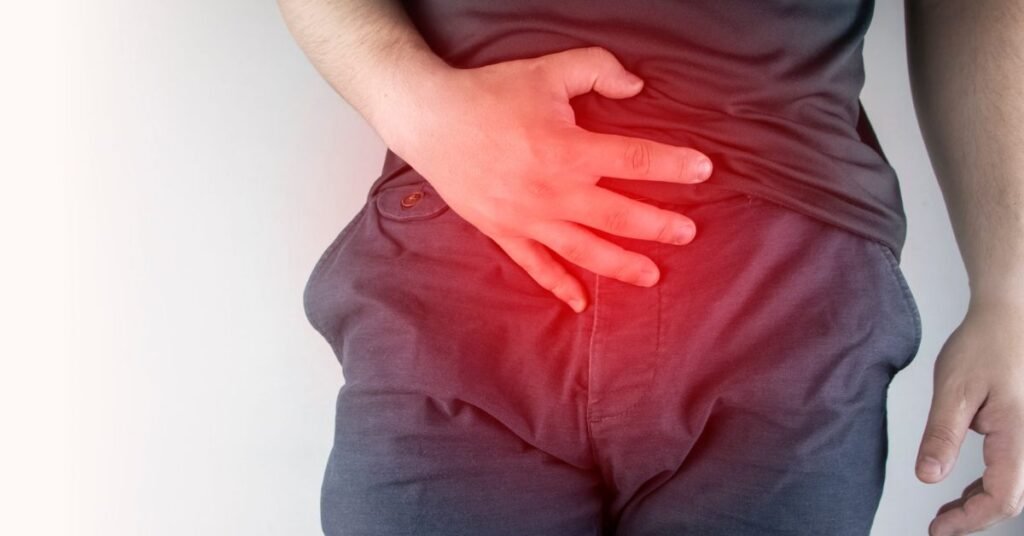Urethral stricture is a condition that affects the tube responsible for carrying urine out of the body (the urethra). When this tube narrows due to inflammation, scarring, or other causes, it can create significant health problems. Understanding this condition can help patients and caregivers identify symptoms early and seek appropriate treatment.
1. What is Urethral Stricture?
Urethral stricture refers to the narrowing of the urethra, which restricts urine flow from the bladder. The condition primarily affects men, as their urethras are longer and more susceptible to injury or inflammation. Women can also develop urethral strictures, though this is much less common.
2. Causes of Urethral Stricture
Several factors can lead to a urethral stricture, including:
- Trauma or Injury: A direct injury to the urethra or surrounding areas, such as from a pelvic fracture, can cause scar tissue to form, leading to a narrowing.
- Infection: Infections like sexually transmitted infections (STIs), particularly gonorrhea or chlamydia, can lead to inflammation and scarring of the urethral tissue.
- Previous Medical Procedures: Catheter insertions, surgeries involving the urethra, or radiation therapy to treat cancer can damage the urethra and lead to scarring.
- Inflammatory Conditions: Conditions like lichen sclerosus or urethritis, which cause inflammation, can also lead to stricture formation.
3. Symptoms of Urethral Stricture
The symptoms of urethral stricture vary based on the severity of the narrowing. Common symptoms include:
- Difficulty urinating: Straining to urinate or a reduced flow of urine is a hallmark symptom.
- Frequent urge to urinate: Patients often feel a persistent urge to urinate due to incomplete emptying of the bladder.
- Pain during urination: This can manifest as a burning or sharp pain.
- Urinary Tract Infections (UTIs): Recurring UTIs may occur because of urine retention.
- Blood in the urine: Hematuria, or blood in the urine, can occur in severe cases.
- Dribbling after urination: The narrowing can cause urine to come out slowly or in a dribble even after one feels they have finished urinating.
4. Diagnosis
A urologist will typically begin with a physical examination and a detailed medical history. Several diagnostic tests are used to confirm urethral stricture, including:
- Uroflowmetry: This test measures the speed of urine flow and can indicate an obstruction.
- Retrograde Urethrogram: A dye is injected into the urethra, and X-rays are taken to visualize the narrowing.
- Cystoscopy: A small camera is inserted into the urethra to directly view the site of the stricture.
5. Treatment Options
Treatment depends on the severity and location of the stricture. Common treatments include:
- Dilation: Inserting a thin rod to gradually stretch the urethra. This is often a temporary solution as strictures may recur.
- Urethrotomy: A surgical procedure where the stricture is cut to widen the urethra.
- Urethroplasty: This is a more invasive procedure where the scarred section of the urethra is either removed or reconstructed.
- Catheterization: In severe cases, a catheter may be placed to help drain urine while other treatment options are considered.
6. Potential Complications
If left untreated, urethral strictures can lead to several complications:
- Chronic UTIs: Due to the inability to completely empty the bladder.
- Bladder Stones: Formed from concentrated urine.
- Kidney Damage: Severe, untreated cases can cause back pressure on the kidneys, leading to kidney damage or failure.
- Urinary Retention: This is a medical emergency where the bladder cannot empty at all.
7. Prevention
While not all causes of urethral stricture can be prevented, certain precautions can lower the risk:
- Safe sexual practices: Use protection during sexual intercourse to prevent STIs, a common cause of strictures.
- Minimize urethral trauma: Avoid unnecessary catheter use or poorly executed catheterizations.
- Seek early treatment for UTIs or injuries: Prompt treatment of infections and trauma can reduce the risk of scarring.
8. Living with Urethral Stricture
Living with urethral stricture requires awareness of one’s body and regular follow-ups with a healthcare provider. Many patients can manage mild cases with lifestyle changes, such as drinking plenty of water, avoiding bladder irritants like caffeine, and maintaining good personal hygiene. More severe cases may require medical intervention, but with proper treatment, patients can lead a healthy life.
Conclusion
Urethral stricture is a condition that requires timely diagnosis and appropriate treatment. With modern medical advances, most patients can effectively manage or overcome the symptoms associated with this condition. If you experience any symptoms associated with urethral stricture, consult with a healthcare provider to explore treatment options.

